Home » Teaching & Learning » D-Project
D-Project
D-Project | Project-Based Learning
From Year 5 to Year 9
Based on the latest educational and psychological research, since 2016 Dunalastair has designed and implemented an educational method based on projects and focused on the keys to motivate the learning of pre-adolescents and adolescents.
The purpose of D-Project is to give the students agency in their own learning process.
Understanding our pre-adolescents and adolescents
Until 2015, students entering Year 5 had a traditional curriculum organised by subjects taught by specialist teachers. Students, characteristically restless at that age, did not adapt to traditional teaching. It seemed that the same children who were motivated in Year 4 suddenly stopped engaging with and enjoying their lessons.
In our constant drive for reinvention, we asked ourselves the necessary questions and found answers that were the key to the development of D-Project and that explain the motivations of our youngsters:
- They want to be able to choose A degree of choice in what they study and how they direct elements of their learning is important: “student voice”.
- They need to learn about what really matters to them That the subject they choose links to the needs of the community: “authenticity of learning”.
- They want to be able to work with their peers Motivated by active teaching and collaborative learning.
- They need a sense of achievable challenge Students are challenged to explore beyond their limits, but feel safe and confident that they have the right tools and guidance.
- They need to make what they have learned tangible They want to be able to use what they have learned, for example, creating a product.
- They want to be able to present their results to a meaningful audience. Recognition and validation by others, ideally adults, is important to them.
D-Project keys and benefits
Students are challenged with projects inspired by the real world, based on practical problems or challenges to be solved cooperatively between the student, their peers and the teacher.
This model combines collaborative learning with individual learning. The student goes from being a simple receiver of information to being actively involved in the management of his or her own learning process, acquiring his or her own voice in the classroom.
The teacher is no longer a source from which knowledge emanates but a designer of learning opportunities. With a dedication to the highest curricular standards they foster engagement, action, autonomy and personal regulation.
Parents who can provide technical expertise are invited as experts at the beginning of each project so that students can learn first-hand how each subject is carried out in professional life.





